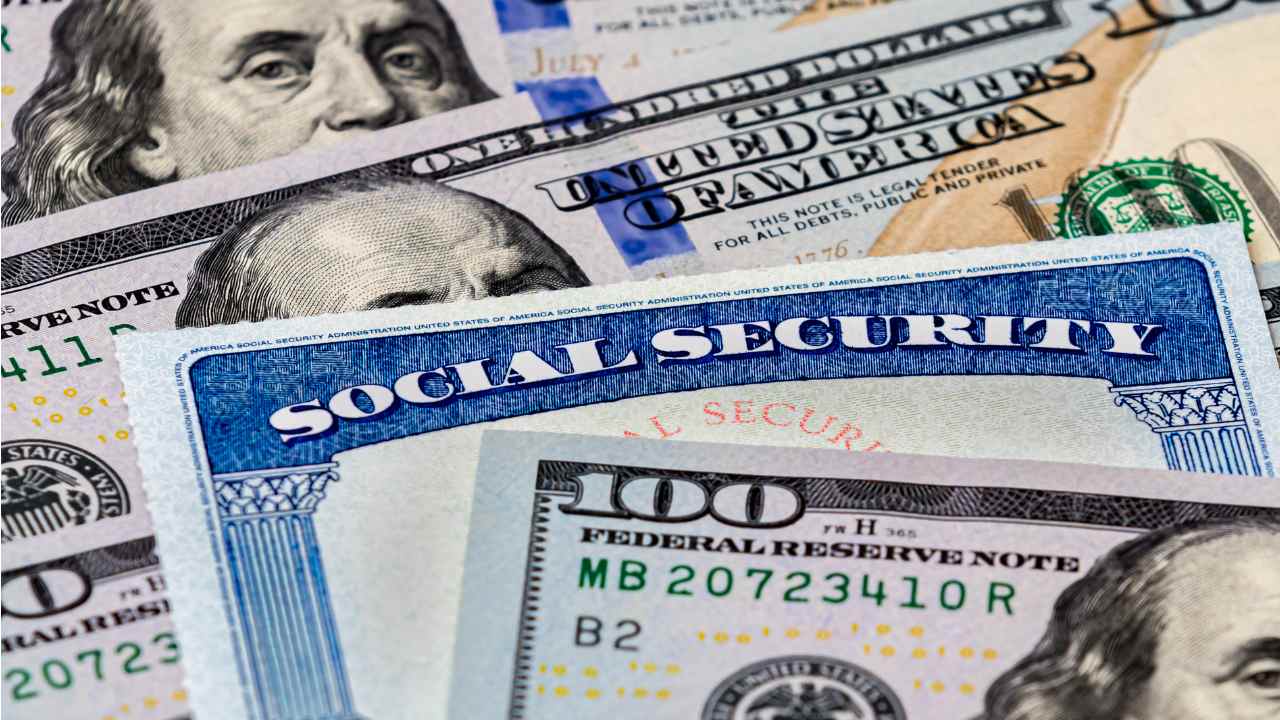The Social Security Administration (SSA) has confirmed the distribution dates for retirement benefits in July. Millions of Americans will receive their funds according to a set schedule. The calendar depends on specific beneficiary factors.
The first to receive payment on Thursday, July 3, was the one of those who meet certain conditions. This includes recipients of Supplemental Security Income (SSI). It also applies to beneficiaries living outside the U.S.
Additionally, those whose Medicare premiums are covered by their state will received on July 3. The same applies to individuals who retired before May 1997. If the date falls on a holiday, payment is issued on the prior business day.
More payment dates for Social Security beneficiaries
For other beneficiaries, payment dates vary based on birthdates. Those born between the 1st and 10th of any month will receive payment on Wednesday, July 9. This corresponds to the second Wednesday of the month.
Those born between the 11th and 20th will receive funds on Wednesday, July 16. “Since my birthday falls between the 11th and 20th, I know my deposit will arrive on the third Wednesday, July 16,” said Kathie Forman, a retired veteran who depends on Social Security.
Beneficiaries born from the 21st to the 31st will receive payment on Wednesday, July 23. These four dates (July 3, 9, 16, and 23) comprise the full Social Security payment schedule for July 2025.
Average and Maximum Benefit Amounts
The latest SSA data, updated to January 2025, indicates the current average benefit. For an individual retiree, the average monthly payment is $1,976. This reflects a 2.5% increase from the previous year.
This increase is due to the annual Cost-of-Living Adjustment (COLA). For couples where both spouses receive benefits, the combined average is higher. The joint average amount is $3,089 per month.
However, these averages do not represent the maximum possible benefit. The maximum amount depends primarily on the age at which benefits are claimed. Earnings history during working years also plays a role.
How to Get to the Maximum Benefit
The upper limit varies significantly based on retirement age. Those who choose to retire at the earliest age of 62 face a cap. The maximum benefit in this case is $2,831 per month in 2025.
If the beneficiary waits until full retirement age, the limit increases. For many, this age is 67. At this point, the maximum benefit rises to $4,018 per month.
The highest amount is reserved for those who delay retirement until age 70. These beneficiaries can receive a maximum benefit of $5,108 per month. This is the absolute limit for 2025.
Here’s what to comply with to claim the payment cap:
Reaching the maximum benefit of $5,108 is uncommon. It requires meeting two key conditions simultaneously. First, having high earnings for at least 35 years.
Specifically, earnings must exceed the annual Social Security taxable maximum. In 2025, this threshold is set at $176,100. Additionally, delaying benefits until age 70 is essential.
“In my circle, this variation is clear. Some receive close to the average, around $2,000. Others, like me, who started around 66, get intermediate amounts; my payment is about $3,800,” Forman explaine. “And some who waited until 70 get over $5,000. It’s a complex personal decision: claim early with less, or wait longer but miss out on income in crucial years?”.
The increase to the maximum benefit for waiting is due to a specific mechanism. For each year benefits are delayed beyond full retirement age, an increment is added. This increment is approximately 8% per year.
Impact of Trumps’ OBBBA on Benefits
The One Big Beautiful Bill Act (OBBBA), signed by Donald Trump, does not directly modify Social Security benefits. It does not reduce the amounts retirees receive monthly. Nor does it change eligibility or calculation rules.
What OBBBA does change is the tax treatment of those benefits for many retirees. It introduces an additional tax deduction specifically for taxpayers over 65. This deduction aims to reduce tax burdens.
It does not eliminate taxes on benefits entirely, though that was a campaign promise. Instead, it introduces an additional deduction of between $6,000 (individual) and $12,000 (couples), which would reduce or eliminate taxes for about 88% of beneficiaries.
The deduction established by OBBBA is not uniform across all income levels. It phases out as beneficiary income increases. Specific income limits apply. The reduction begins for incomes above $75,000 for single filers. For joint filers, the limit is $150,000. The deduction disappears entirely above certain thresholds.
It is completely eliminated for single incomes above $175,000. For joint filers, it phases out above $250,000. The temporary nature of this measure is notable. The tax deduction introduced by OBBBA has a limited duration. It is scheduled to remain in effect only from 2025 to 2028. After this period, it will expire unless extended.




